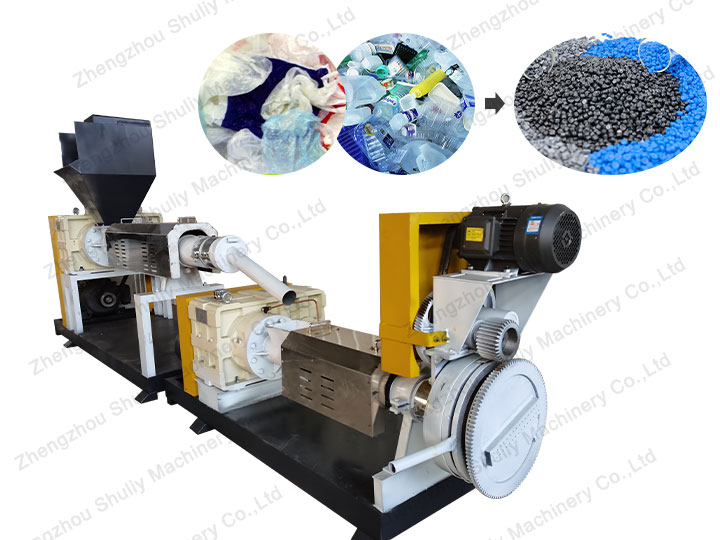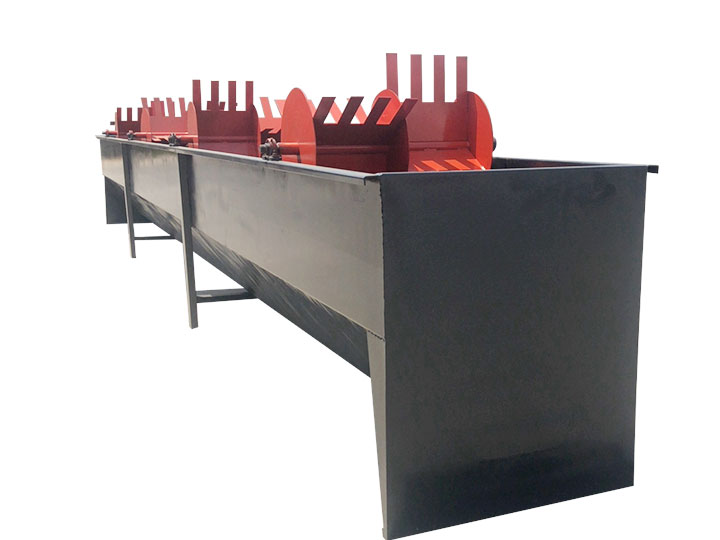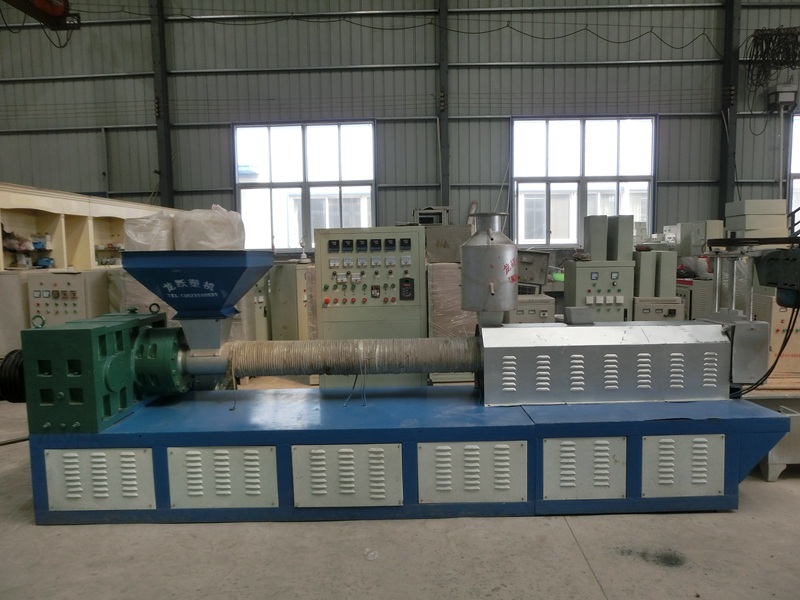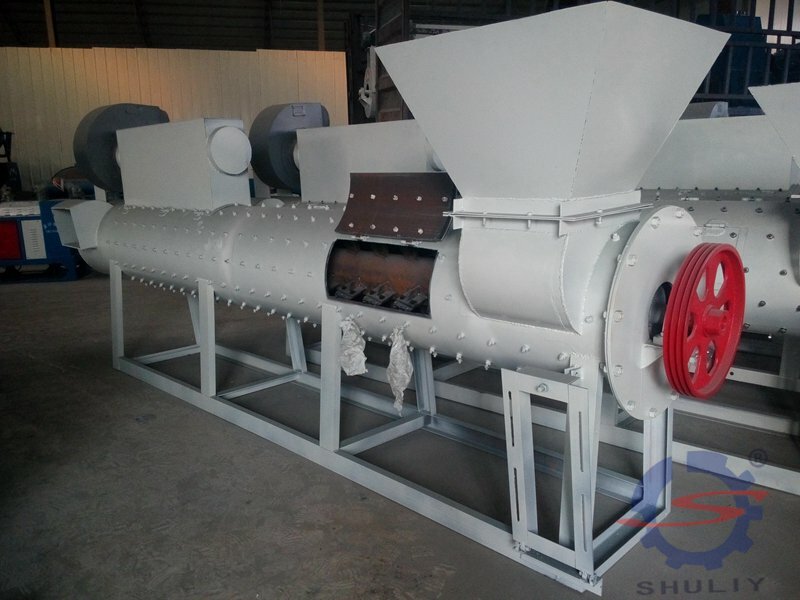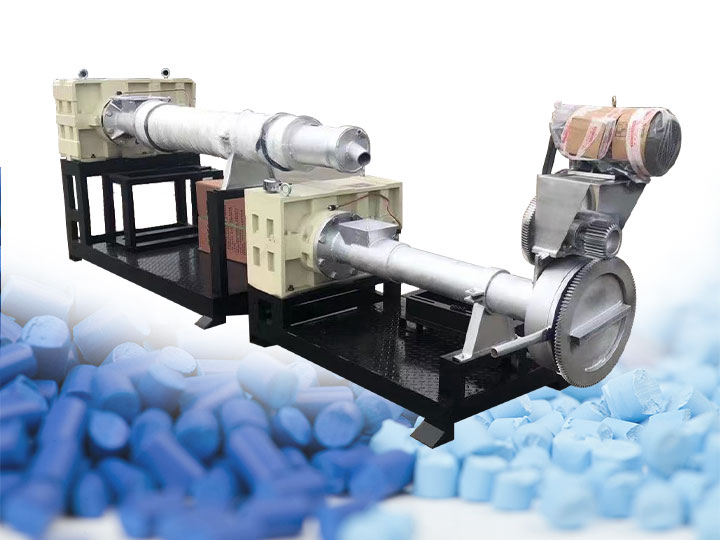How to wash and dry waste plastic?
Today, the plastic recycling industry is developing faster and faster. The recycling of waste plastics not only reduces resource waste and environmental pollution but also creates huge wealth for many plastic recycling factories. We all know that plastics can be recycled and processed into various plastic pellets, but can waste plastics be processed directly into pellets using a plastic granulator? In fact, waste plastics need to be washed and dried before pelletizing.
Why do waste plastics need to be washed and dried?
As we all know, general waste plastics will be polluted to varying degrees. Even single-use packaging plastics will be stained with various oil, sand, dust, and other impurities. When recycling these waste plastics, all kinds of impurities attached to the plastic surface must be cleaned.
This is our plastic washing tank.

If these waste plastics are not cleaned and dried, they are directly processed with plastic recycling granulator, which will not only damage the plastic processing machine but also affect the quality of the plastic particles made.
Two methods for washing and drying waste plastic
Plastic cleaning is divided into manual cleaning and mechanical cleaning. Customers generally decide which cleaning method to use based on other conditions such as the pollution and treatment volume of waste plastics.
1. Manual cleaning
Some plastic products can only be cleaned manually after recycling, while some plastic products can be mechanically cleaned and dried. Manual cleaning is mainly suitable for waste plastics with low pollution and small processing volume.

2. Mechanical cleaning
Mechanical cleaning and drying are divided into the batch type and continuous type. When using intermittent cleaning, first, put the waste plastic into a water washing tank to rinse, and use a plastic mixing machine to remove loose dirt, such as sand, mud, etc., that adhere to the plastic surface, and sink it into the bottom of the tank. If there are a lot of wood chips and paper clips, they can be further purified in a sedimentation tank equipped with a special pump.
For firmly adhered dirt, such as printing inks and adhesive-coated paper labels, large pieces can be picked out manually, crushed by a plastic shredder, and then placed in a hot alkali aqueous solution tank to soak for a period of time, and then pass the machine stir and make them rub against each other to remove dirt. Finally, the cleaned and crushed waste plastics are sent to a centrifuge to spin dry and dried with hot air until the residual moisture is ≤0.5%.
When using continuous cleaning, we have a complete plastic washing line for you. The waste plastic is sent to the plastic crusher by a conveyor belt for coarse crushing, and then sent to the bulk separation section, where sand and gravel are sunk into the bottom of the water and sent away regularly. The floating material enters the wet mill through the conveying roller, and then enters the sedimentation tank. All things heavier than water are separated out, even the smallest particles are no exception to achieve the best cleaning effect.

